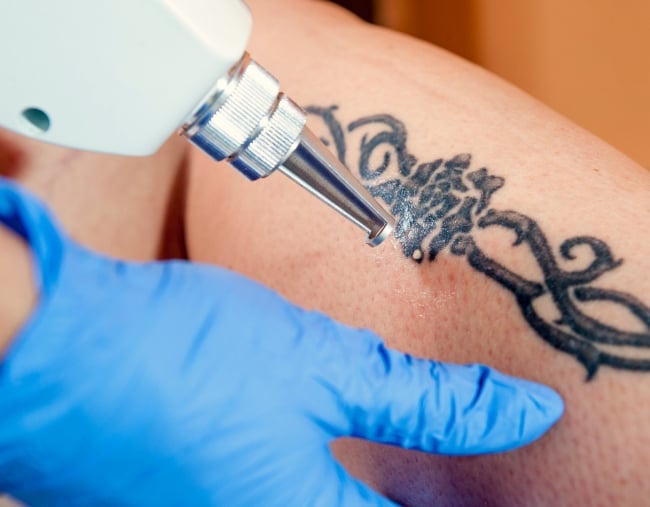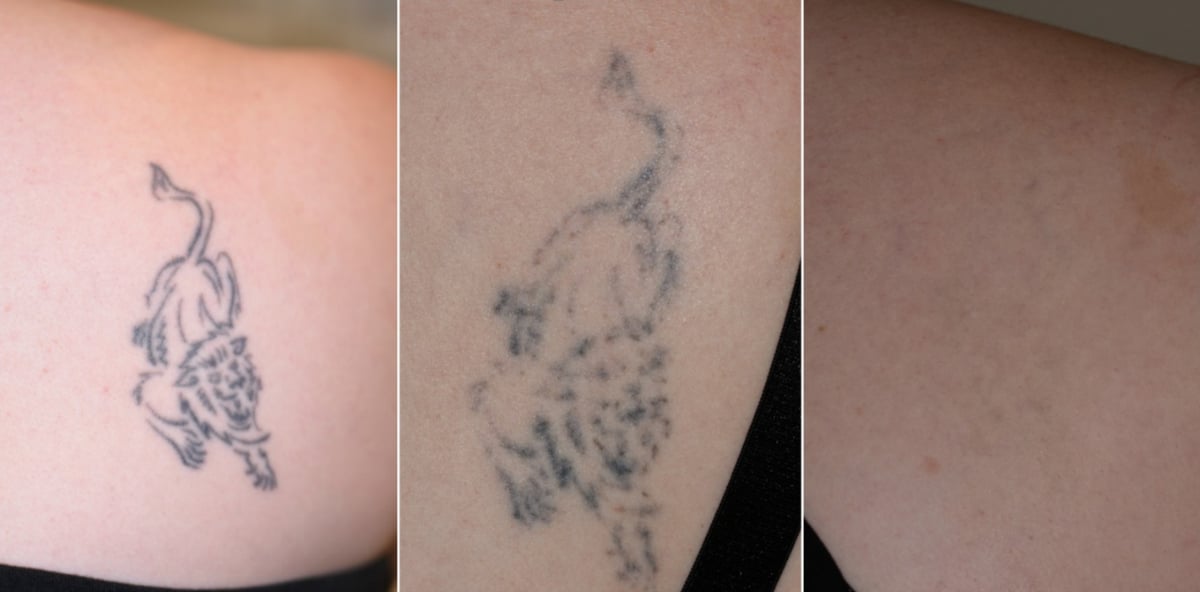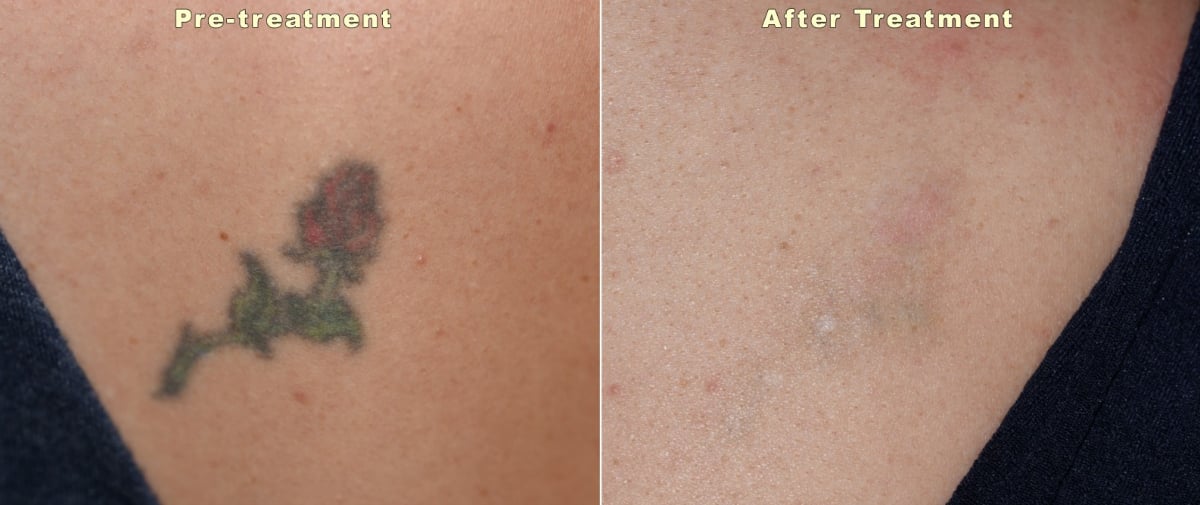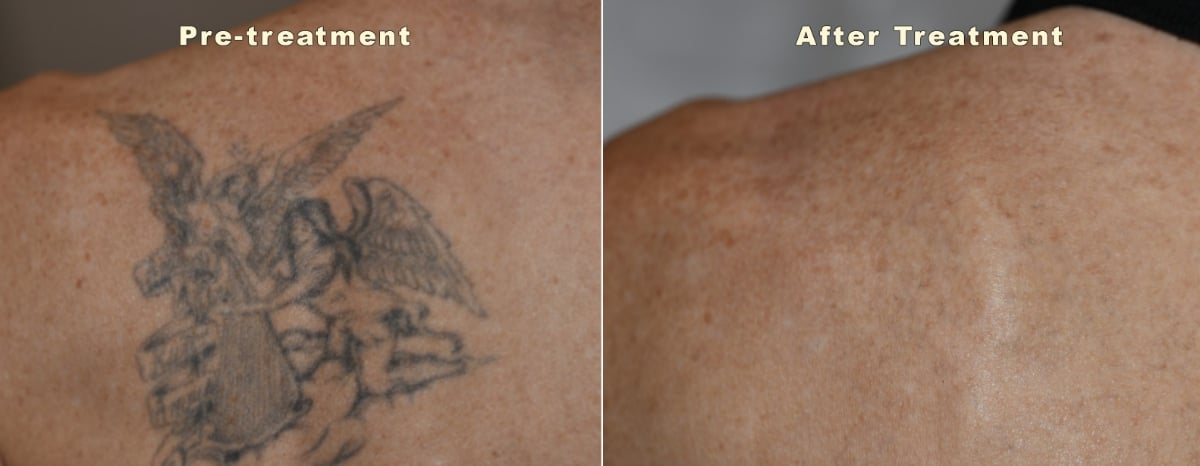
Raise your hand if you’ve ever been victimised by a tattoo you no longer love?
Sometimes, you get to a point in your life when the tattoo you got in your teens or twenties (or in Bali) no longer suits you. People change and grow, and that’s perfectly OK.
The process of getting a tattoo removed comes with a lot of options and SO MANY QUESTIONS.
Does laser tattoo removal work? Is it safe? Does laser tattoo removal hurt? How much will the tattoo removal cost set me back?
To find out absolutely everything you need to know about laser tattoo removal, we asked Dr Peter Horvath of The Cosmedic Room to answer all your burning (pun intended) questions.
Types of tattoo removal lasers.
The Q Switch laser.
The Q Switch laser has been around for approximately 20 years, but it wasn’t invented for tattoo removal.
“The Q Switch laser is a thermal laser, meaning it uses heat to do whatever it does. It’s a medical laser, it’s used for hair removal, if you’ve got diabetic eye disease, to rupture kidney stones – it’s effective at doing what it’s meant to be used for,” Dr Horvath explained.
Because this laser wasn’t designed for tattoo removal, there are side effects that make it not the best choice for removing a tattoo.
“If you’re using a Q Switch laser on your skin, it’s going to burn your skin. It’s also very painful because the skin is being burnt, and this can also cause scarring.”
The Picosure tattoo removal laser.
The other type of laser commonly used for laser tattoo removal is a Picosure tattoo removal laser.
“The Picosure laser is a photo-acoustic or photo-mechanical laser, in other way, it doesn’t use heat to remove tattoo pigment. The way it works is that the tattoo pigment particles absorb the laser’s energy, become unstable at a molecular level and are blown apart into tiny pieces,” Dr Horvath said.































































































